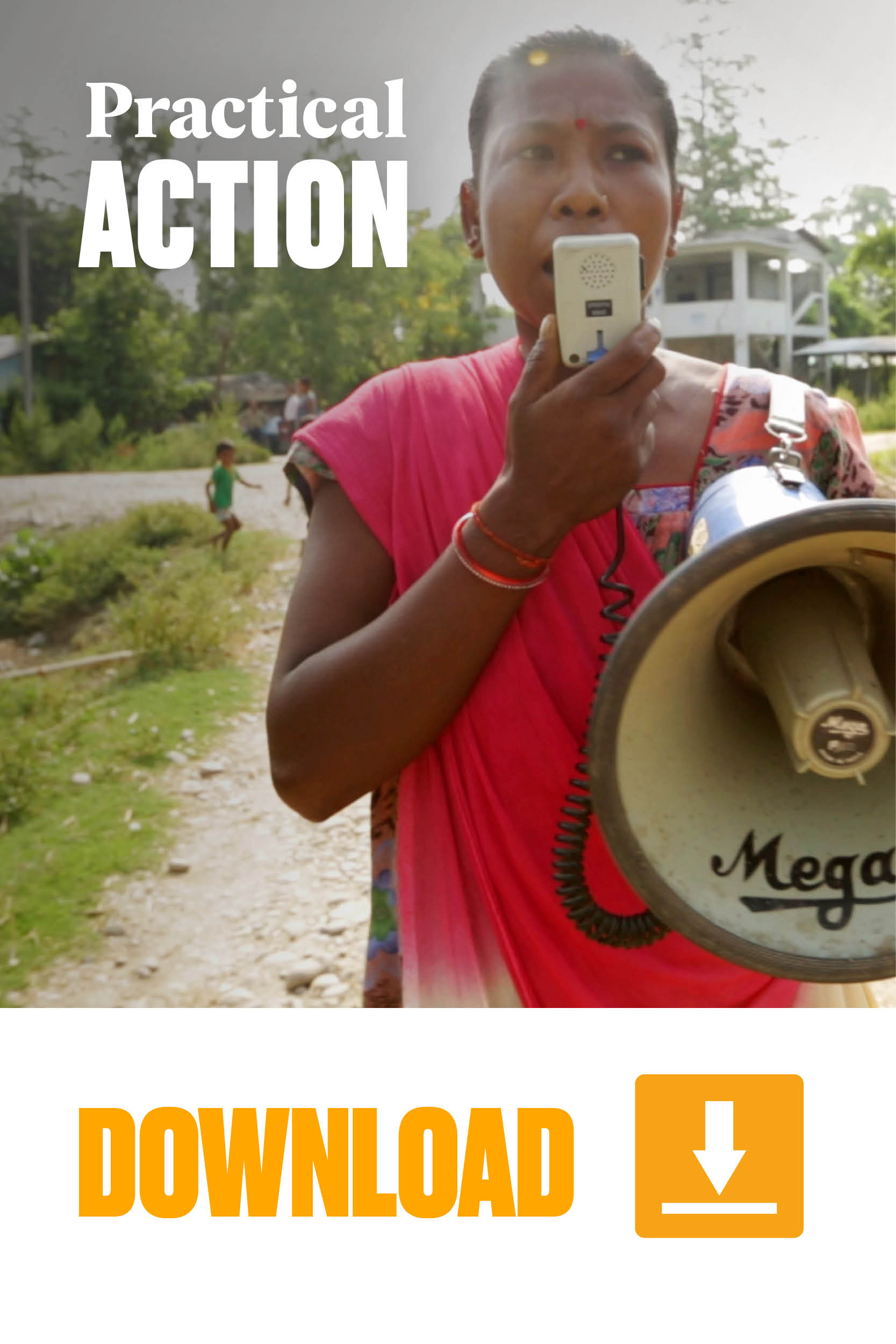Abstract
Nepal is severely flood-prone and ranks 20th worldwide in terms of flood-affected population. Although it is widely acknowledged that both national and community-based early warning systems (EWS) can reduce the impact of floods, studies quantifying the cost-benefits remain scarce. This study analyzes the costs and benefits of the EWS in the Lower Karnali River Basin in Nepal. The results show that households found the EWS to be beneficial and reliable, allowing them to save movable property, livestock and vehicles and health costs during the flood. EWS gradually changes behaviours of communities over time as they start to trust the system and lead times are increased, resulting in more social capital and a wider range of early actions that reduce avoidable loss and damage. The results of the cost-benefit analysis can inform the policy-making of state and non-state actors and contribute to securing further funding.
Further information
| Collections | |
| Issue date | 2020 |
| Rights holders | International Journal of Disaster Risk Reduction |
